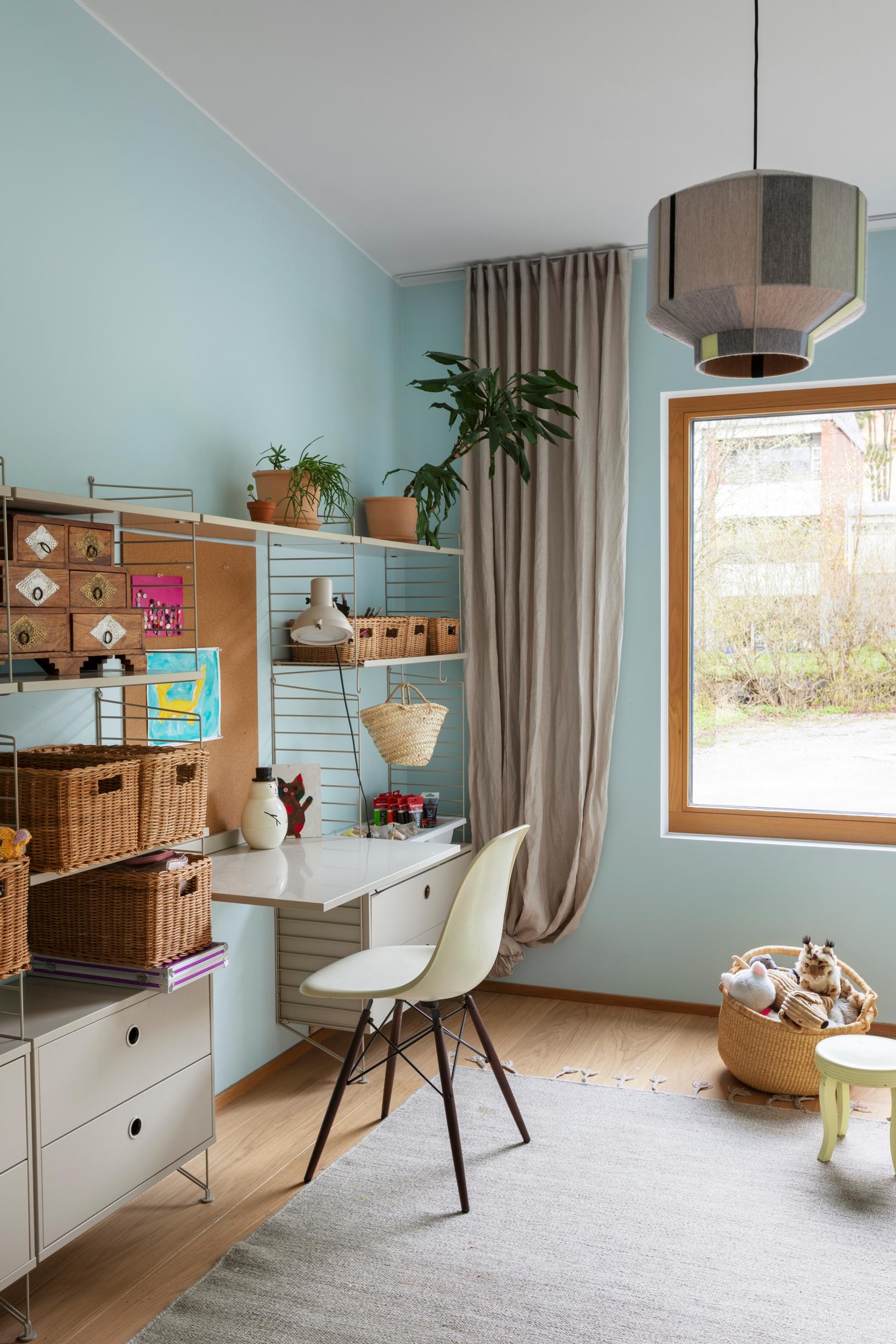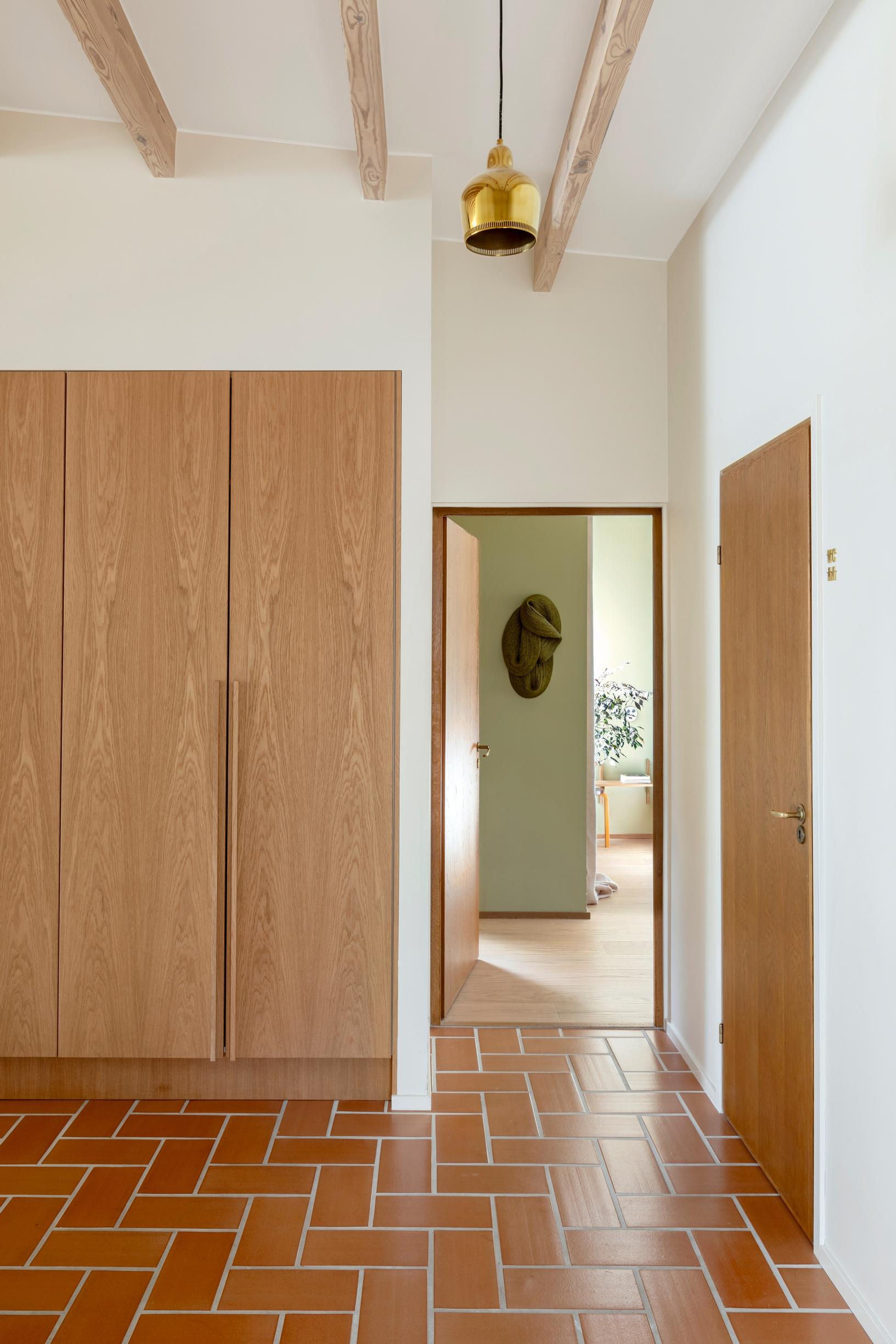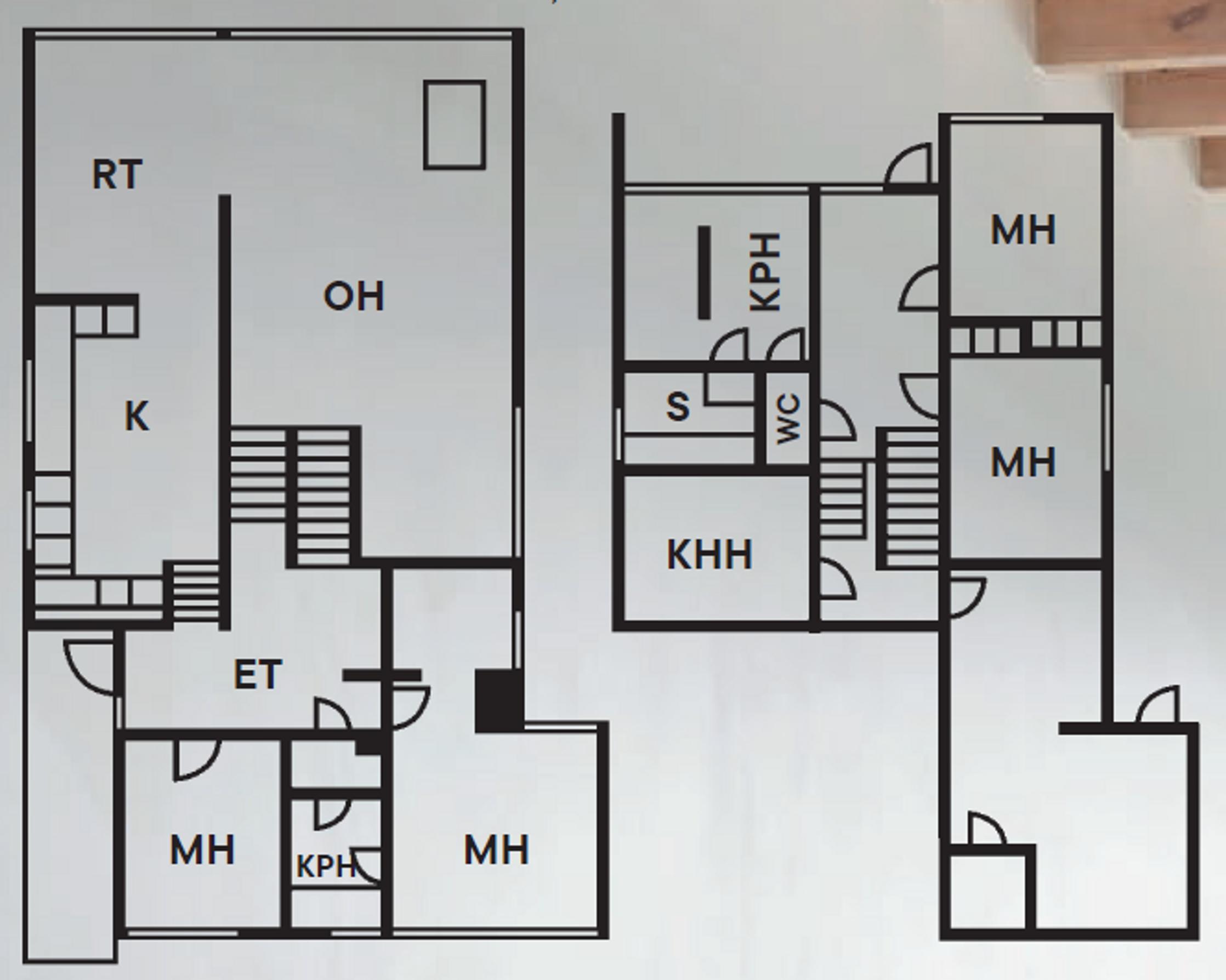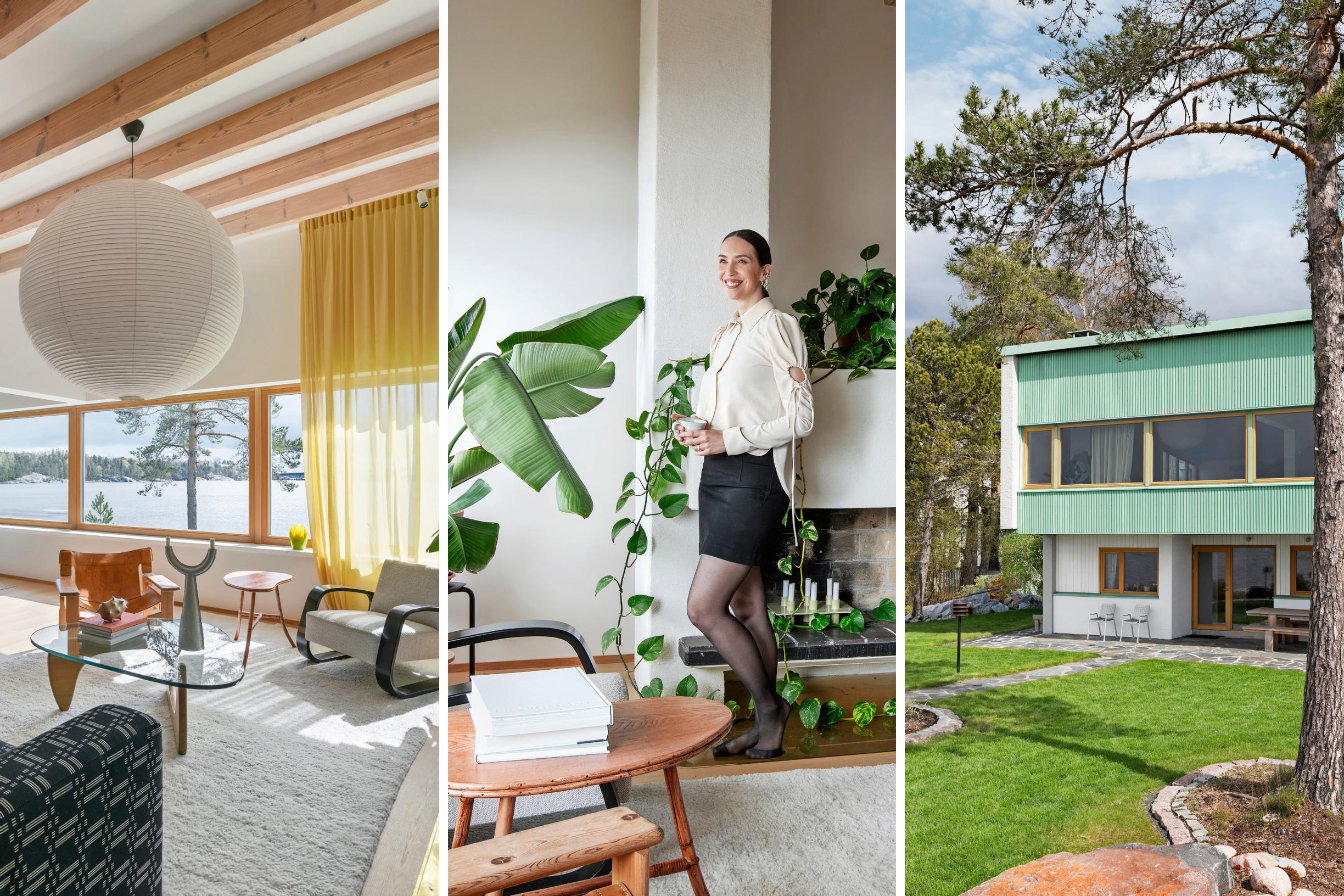
Artek’s interior architect Joanna Amemori on rescuing a 1950s house: “We both instantly realized how special this place was”
“There was almost knee-deep water in the basement.” When Joanna and Masamitsu Amemori bought their 1950s functionalist gem, much of the original house had to be torn down. Joanna explains how she still managed to preserve its original soul.
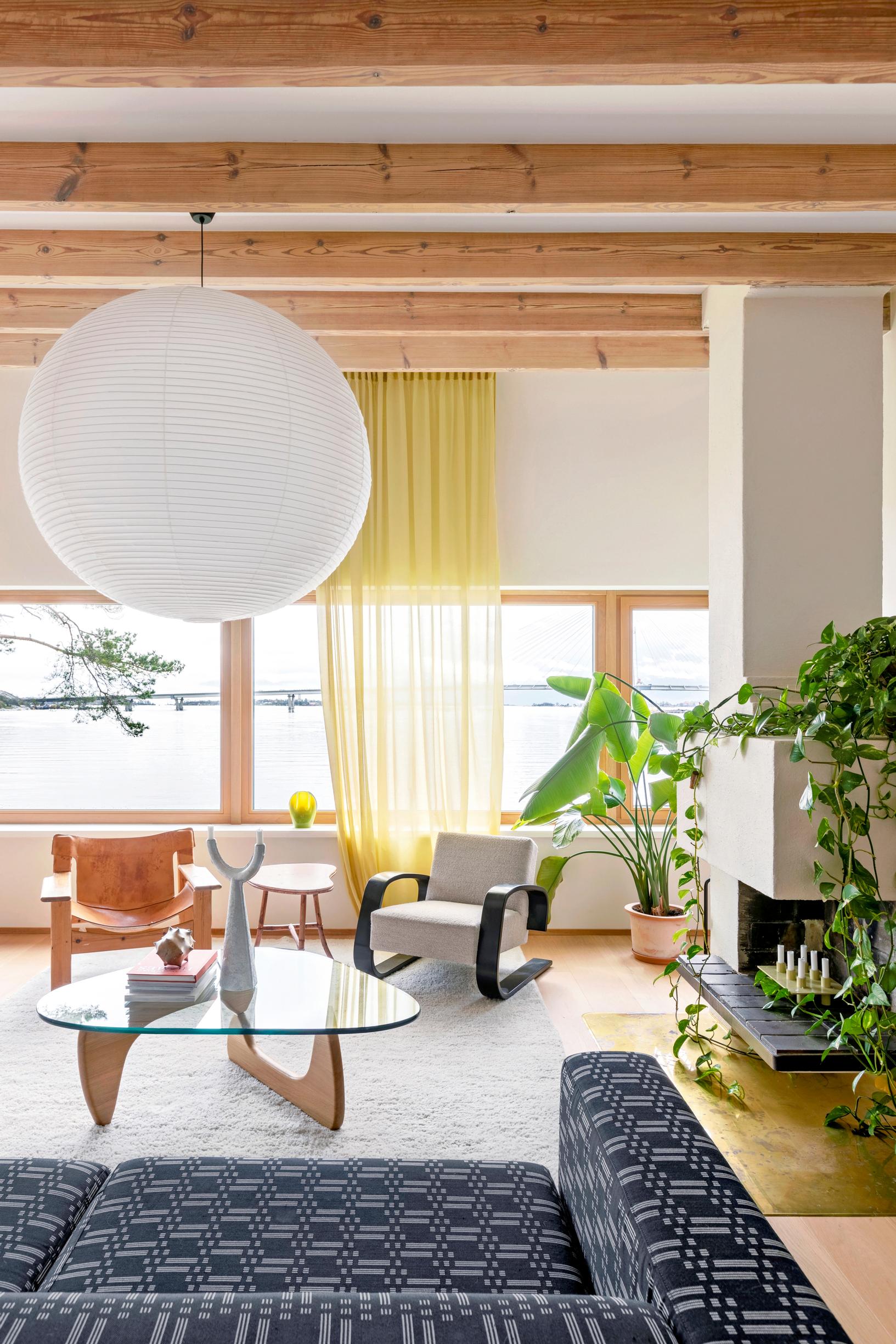

the residents Interior architect Joanna Amemori, 39, and dentist Masamitsu Amemori, 42, and two children, ages 9 and 11.
Home Architect Olof Hansson’s pitched-roof functionalist-style house from the late 1950s in Helsinki. It measures 200 square meters (2,150 sq ft).
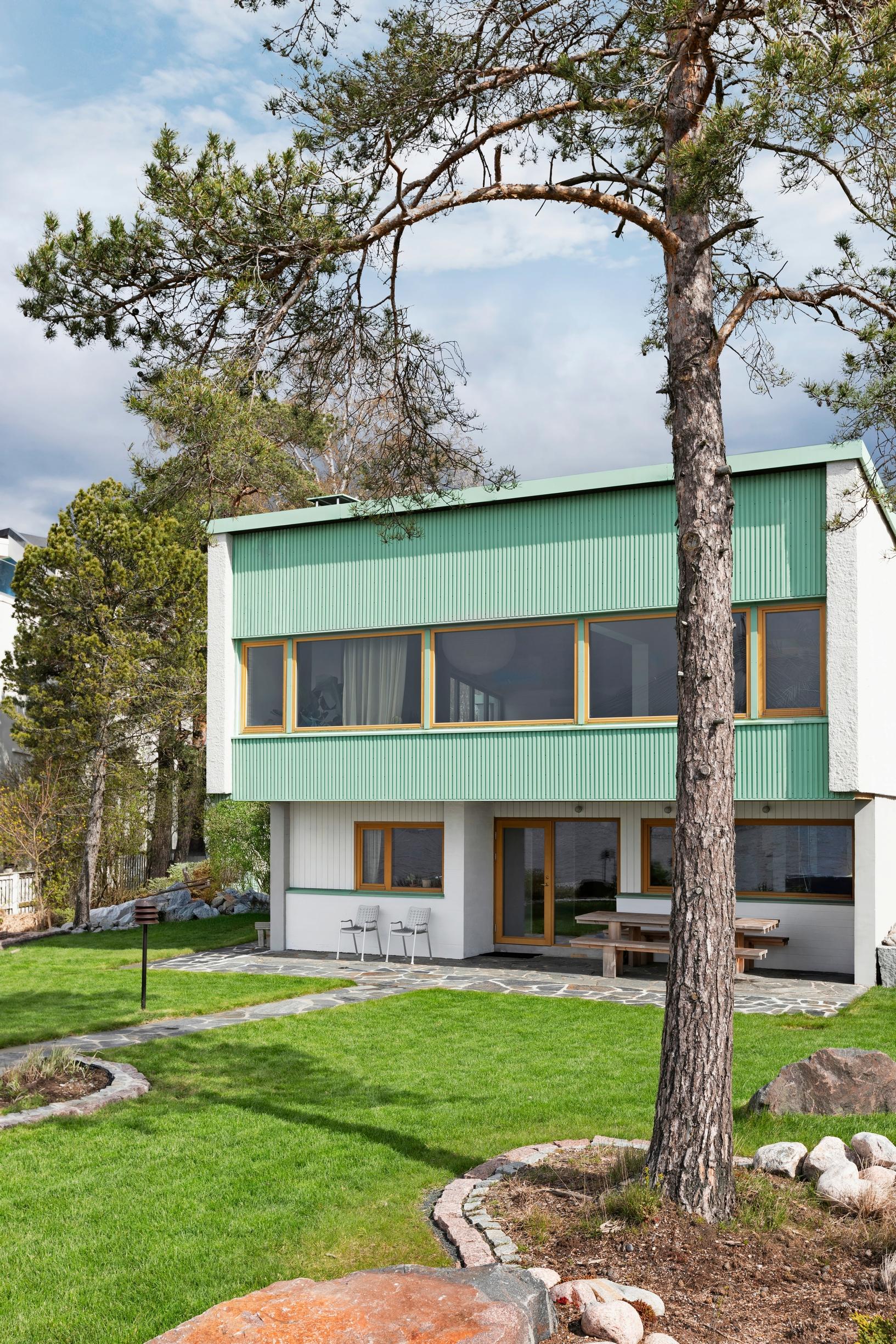
When my spouse Masamitsu and I arrived to see our current home for the first time, the yard was dug up, the roof and rear wall were demolished, and the basement had water almost up to our knees. Yet both of us immediately recognized how special the place was. The house’s architecture was fascinating and full of personality. Its beauty is hidden from the street and only gradually reveals itself when you step inside.
The ceiling heights vary from 2.5 meters to four meters (8 ft to 13 ft). The house also boasts breathtaking sea views. It brought together our ideas of a summer cottage and a permanent home.
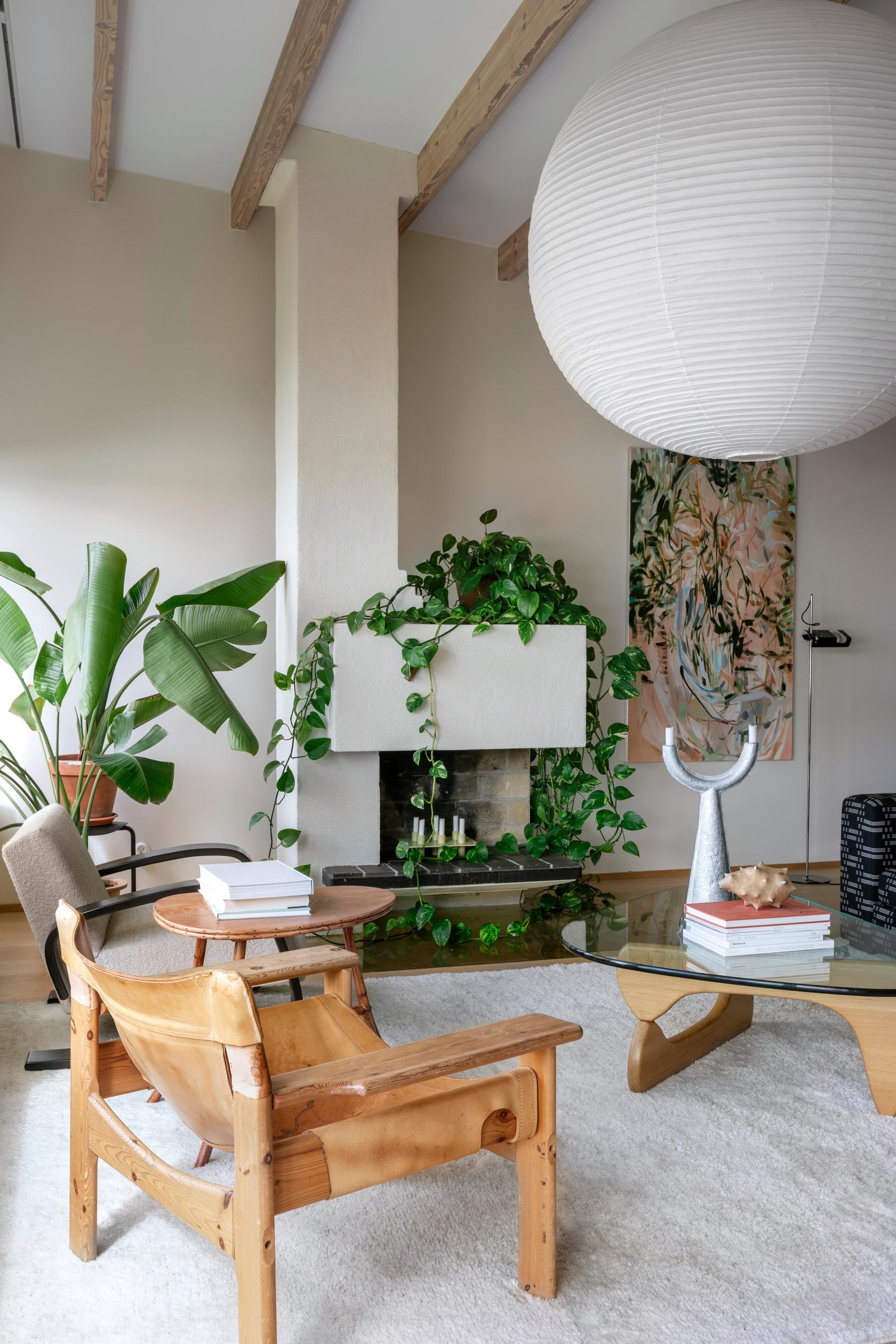
THEN began THE intense renovation period. Being so close to the sea and exposed to harsh weather conditions had allowed moisture to penetrate the structures. We had to tear down a large portion of the original house. Still, we made sure to salvage as much of it as possible: a carpenter carefully restored the original doors, the old stairs were refurbished, and the fireplace was redone. The dark paint on the ceiling beams was sanded off, and their beautiful wood was oiled to a new shine. These small details kept the home’s soul intact, preserving its connection to a specific moment in history.
When choosing materials, I kept the original solutions in mind and reinterpreted them. For example, in the entryway and other walk-through areas, we replaced the previous dark brown tiling with terracotta tiles of the same size in the same corner layout, giving the overall look a slightly softer feel.

Old documents revealed that architect Olof Hansson wanted oak details in the house, which naturally suited the interior design as well: besides the parquet, there’s oak in the window frames and other details. Oak elements with varying degrees of patina blend beautifully with other woods in the decor. The kitchen seamlessly incorporates three types of wood. To me, mixing different woods brings a relaxed vibe to a space.
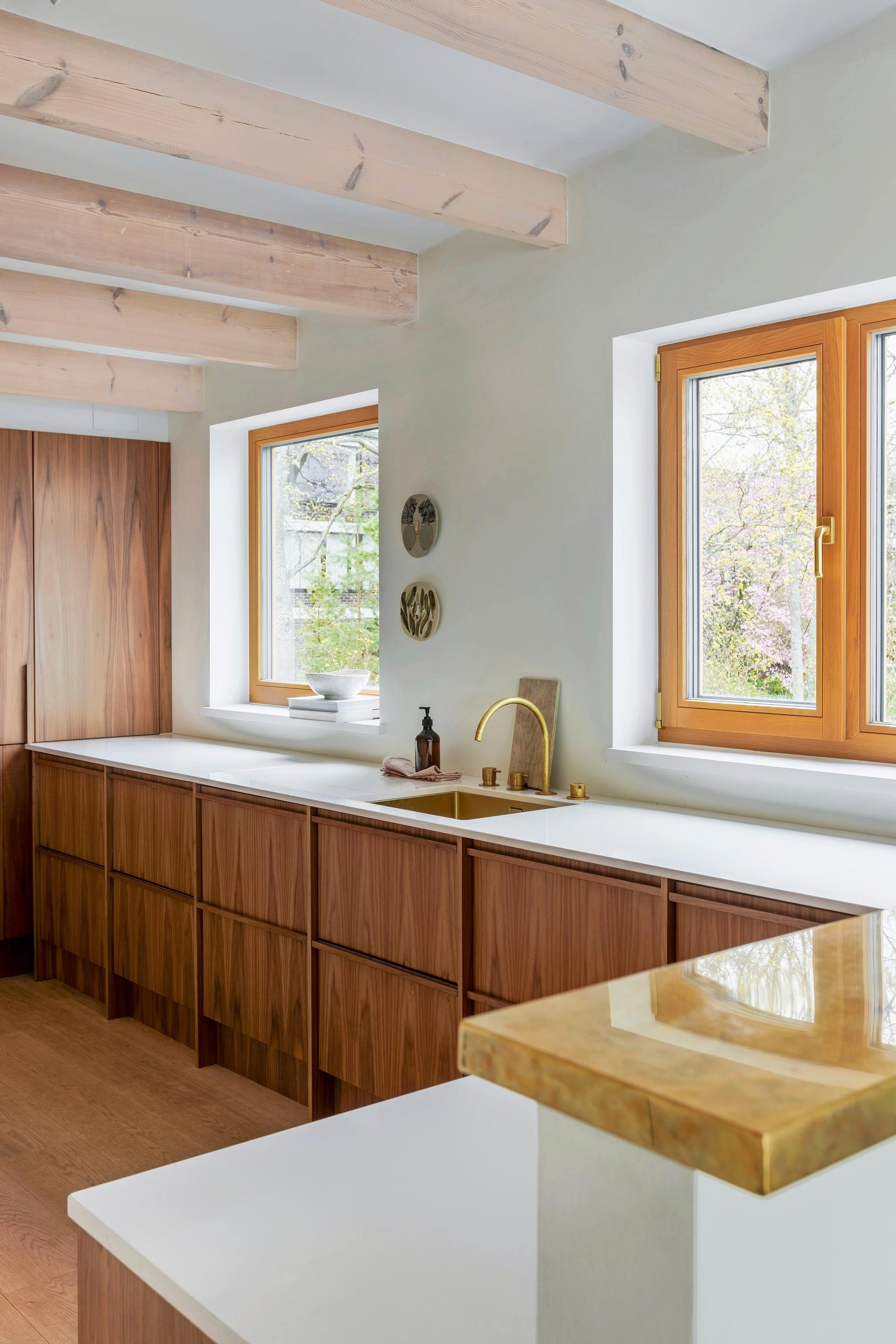
A half-height partition hides the traces of cooking from those seated at the table, yet still allows the cook to join the conversation.
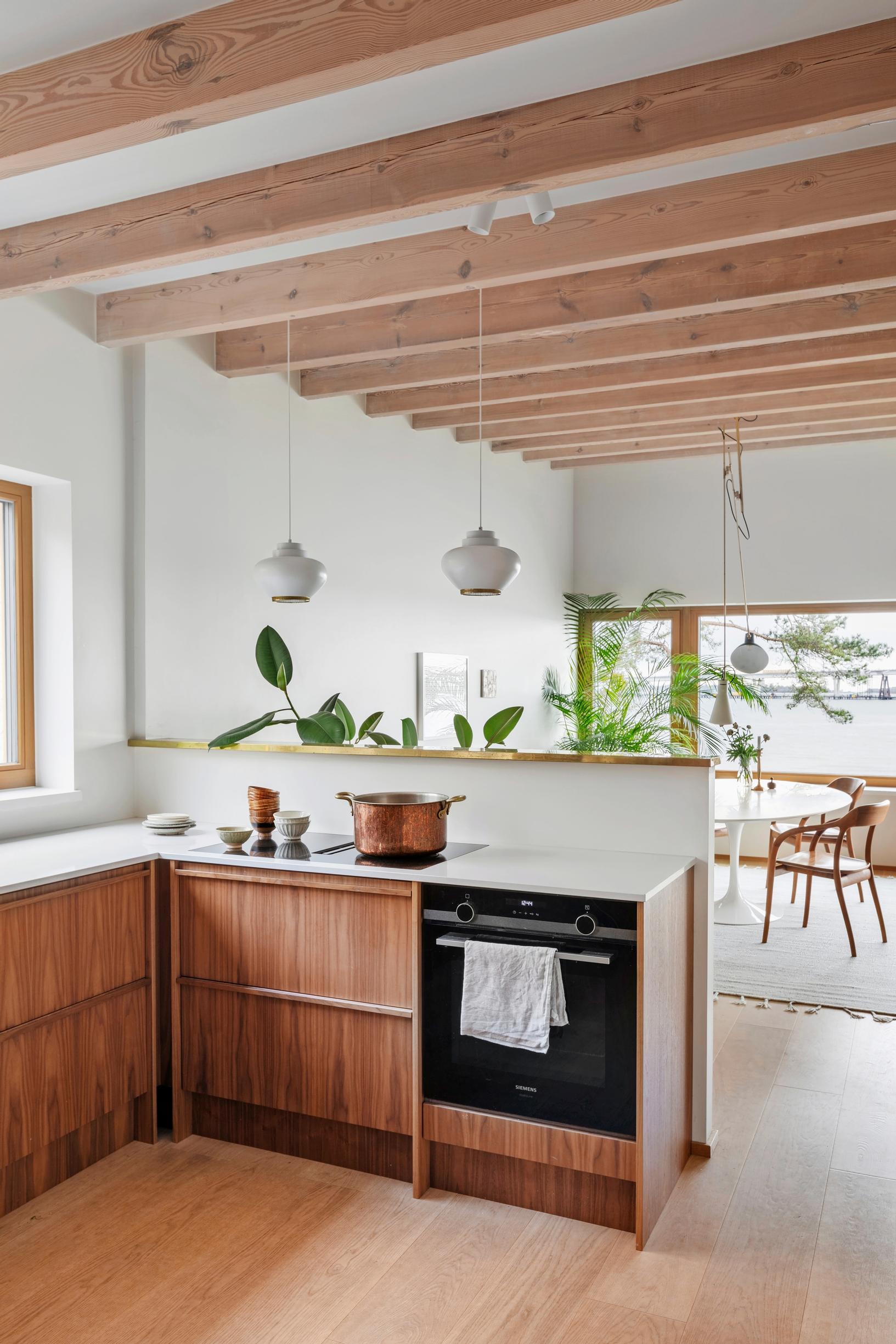
The furnishings don’t follow any single era or style. Instead, they’re a relaxed combination of shapes and materials we love. Most of the furniture dates from the 1930s to the 1960s, and I think those proportions suit the house beautifully. We’ve also introduced some interesting new pieces, like Valerie Objects’ Alu chairs and Maruni’s Tako chairs.
I was struck by the Alu chairs’ angular form and crisp, cool material, which bring an edge to our otherwise soft interior. Ironically, they’re often my go-to work chairs at home, even though we have more ergonomic options.
I was drawn to the fluid design of Naoto Fukasawa’s Tako chairs, which I think work perfectly with Eero Saarinen’s 1957 Tulip Table. The dining area is one of our favorite places to spend time with friends. The oval dining table seats many people, and Tako chairs stay comfortable even after hours of conversation.

A large, open space can be tricky to furnish. It’s easier to plan your layout by grouping areas into “islands” defined by a rug and a light fixture.
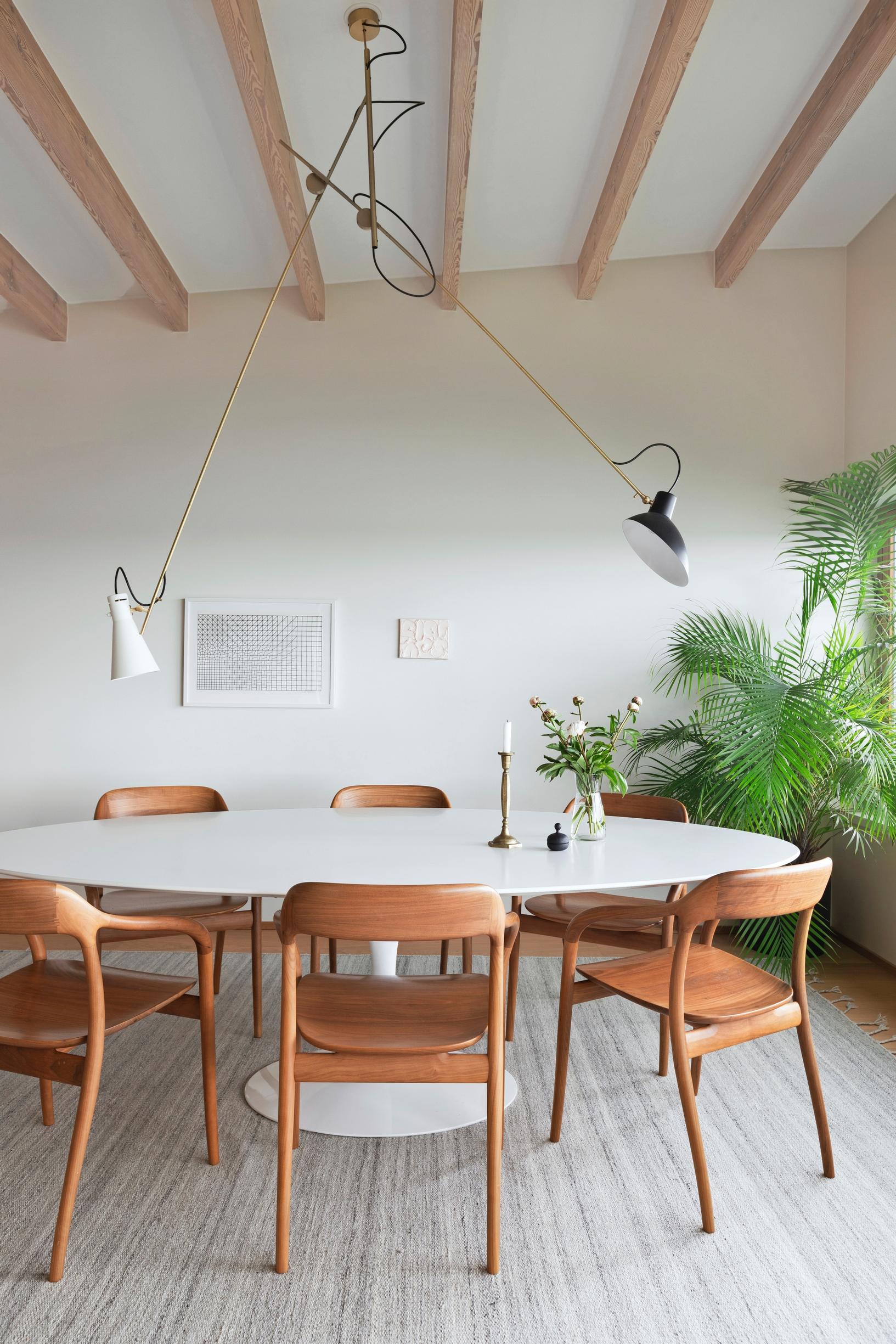
I think the kitchen interacts beautifully with the dining area. They share the same space, but the half-height wall only shows off the attractive cabinetry to those around the table. The dishes on the counter and remnants of meal prep are out of sight, letting the host relax and enjoy the food and company.
In the kitchen, the lighting is usually soft and forgiving. We only switch on the spotlights when cleaning—if then. Lighting has a huge influence on how you feel doing everyday chores, and you really don’t need a spotlight for every dust bunny.

Art plays an important role in our home. I grew up in a typical post-war house in the countryside, but it was filled with art. My father is a sculptor and photographer, so naturally our home displayed many of his works, along with pieces by his friends. The artists often swapped artworks with each other.
I can’t imagine my home without art. It’s like a window into something beyond the everyday. A thoughtfully chosen piece can captivate and inspire for years. When I’m relaxing on the sofa, I often gaze at Jukka Rusanen’s work. Its lively and delicate brushstrokes form shifting shapes in my mind, and I’m repeatedly moved by its bold use of color.
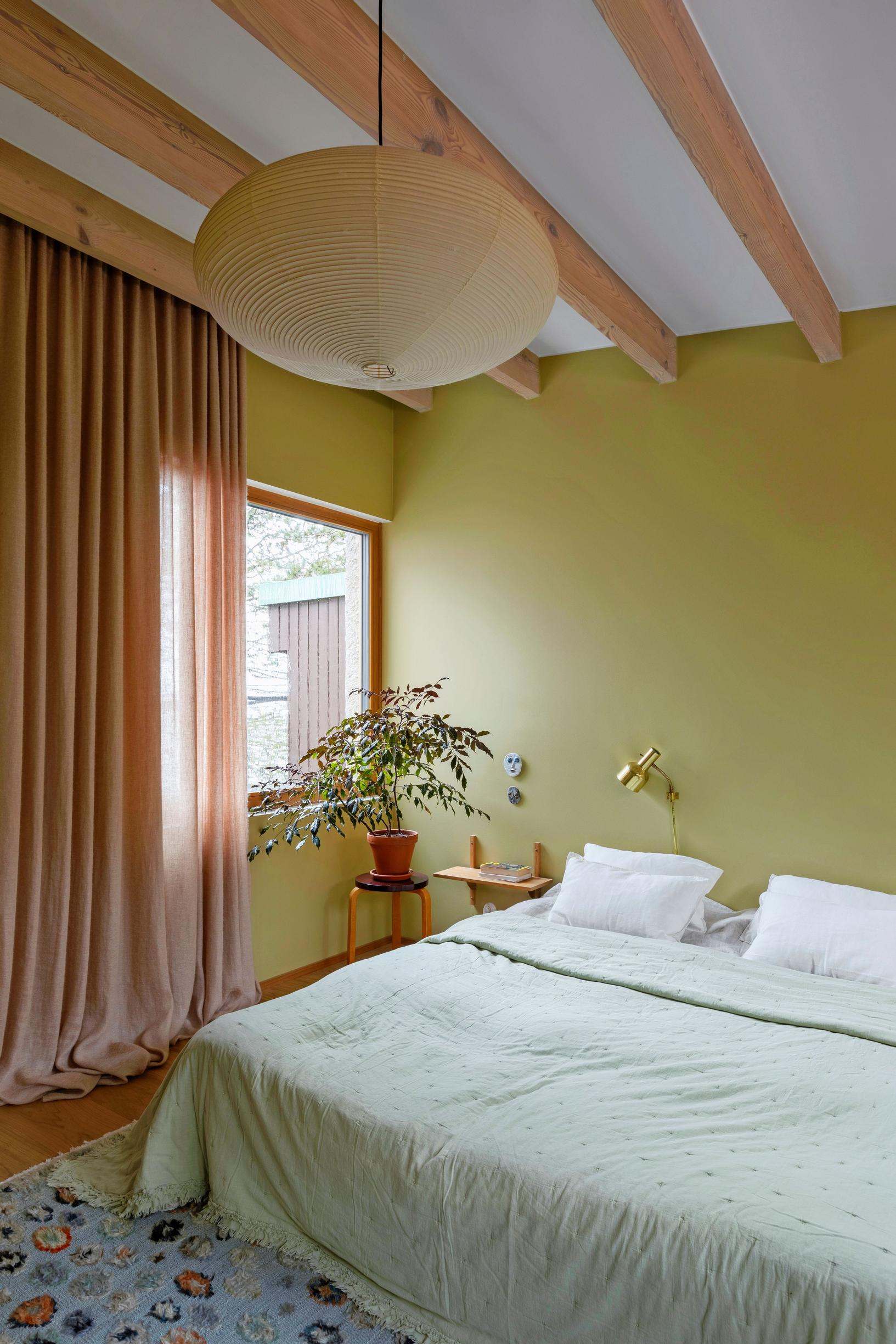
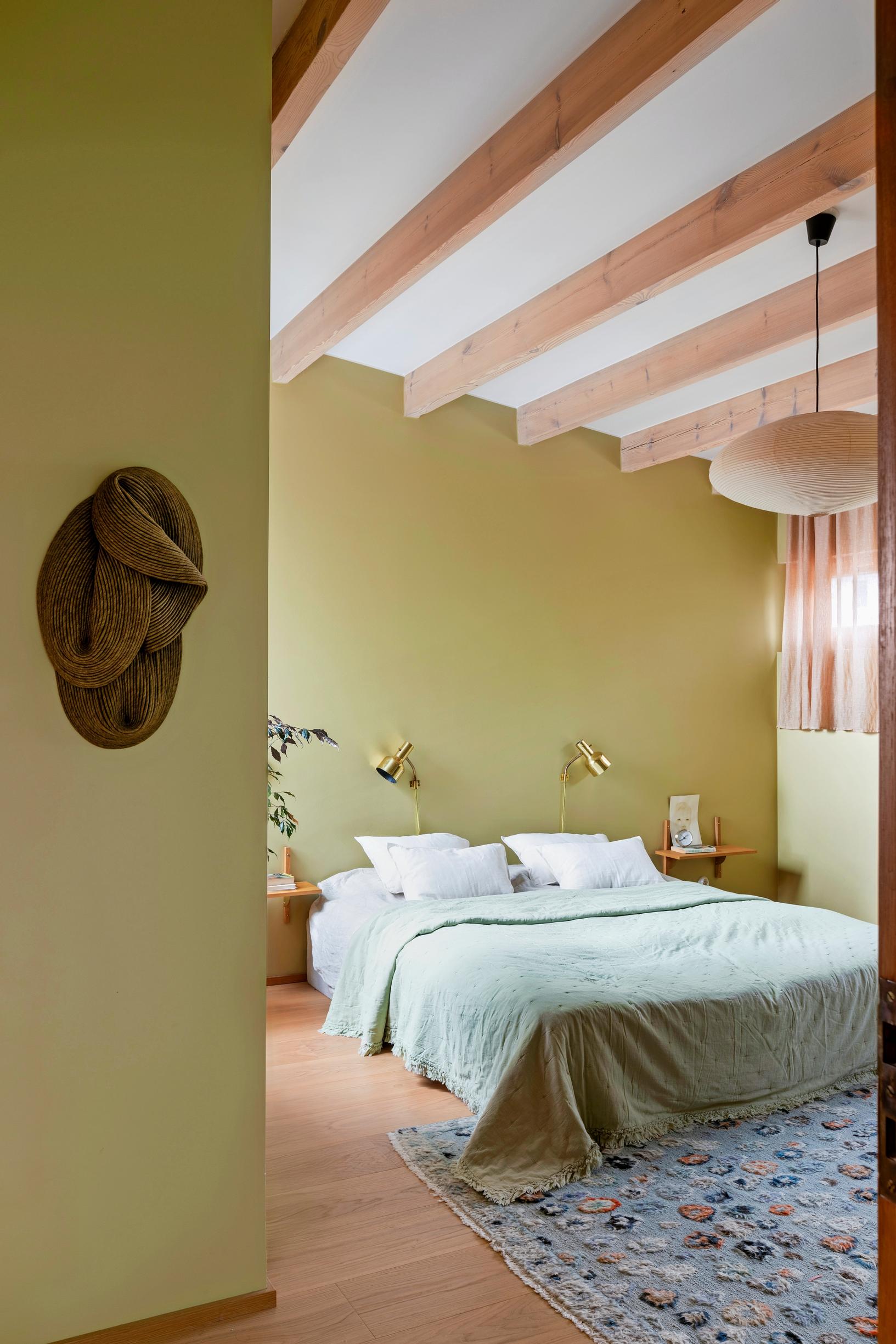
Many people see references to my husband’s homeland of Japan in our home. This hasn’t been intentional, but I believe the imagery we feed ourselves begins to show in what we create. Although the Scandinavian style is my starting point, my designs also reflect my admiration for Japanese, Central European, and British interior styles.
We’ve lived here for nearly three years now. The surfaces are gradually showing patina, and our daylight-loving plants are really settling in. Little treasures and objects are finding their own places. The apartment is starting to look charmingly lived-in. It’s starting to look like a home.
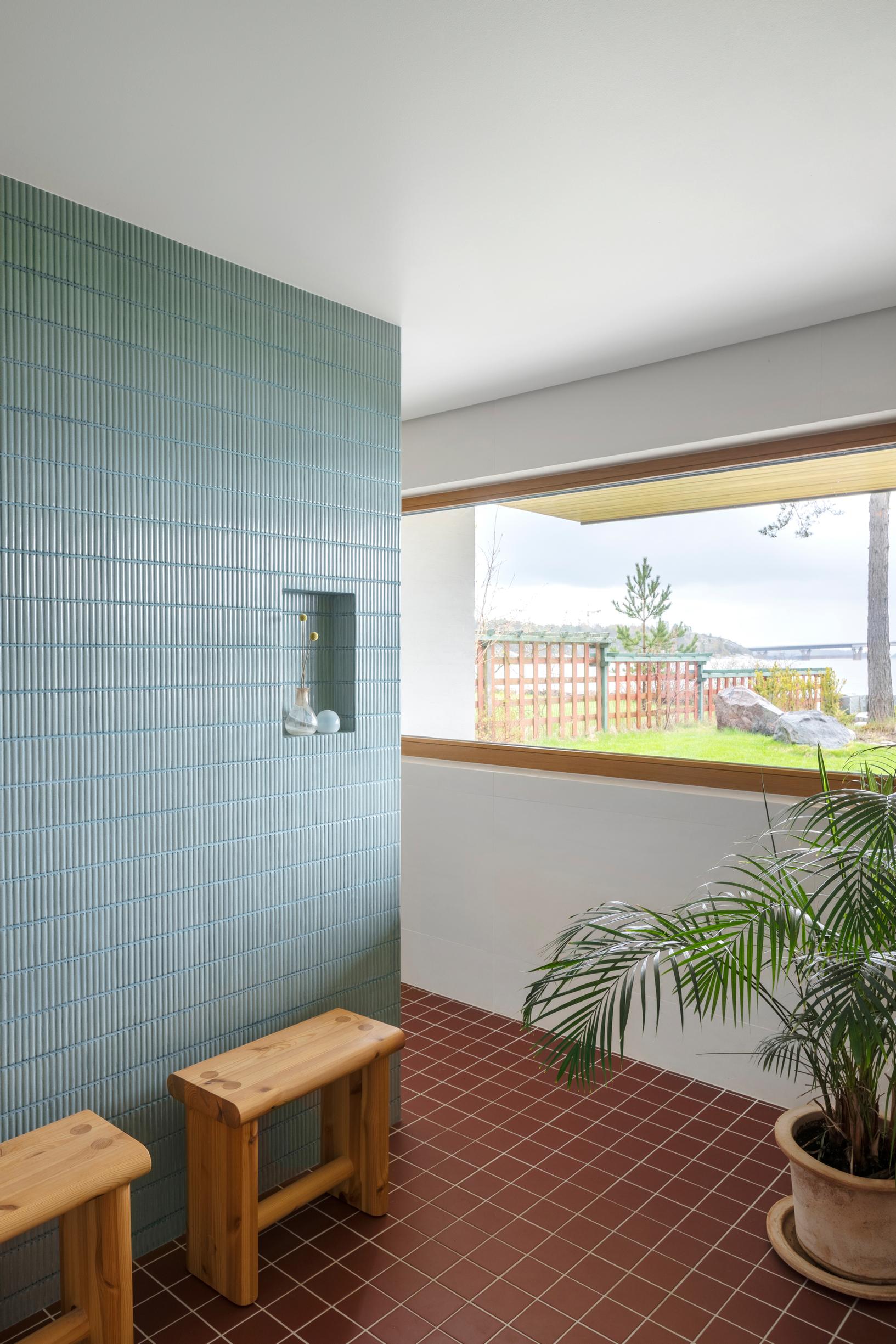
In washrooms, many different functions often come together. Think carefully about how to create space for all of them. Here, a partition separates the bath and dressing areas.


We bought the children’s room furniture with the idea that they could take it along to their first apartment. A classic Artek daybed, which can also be used as a sofa, serves as the bed.
